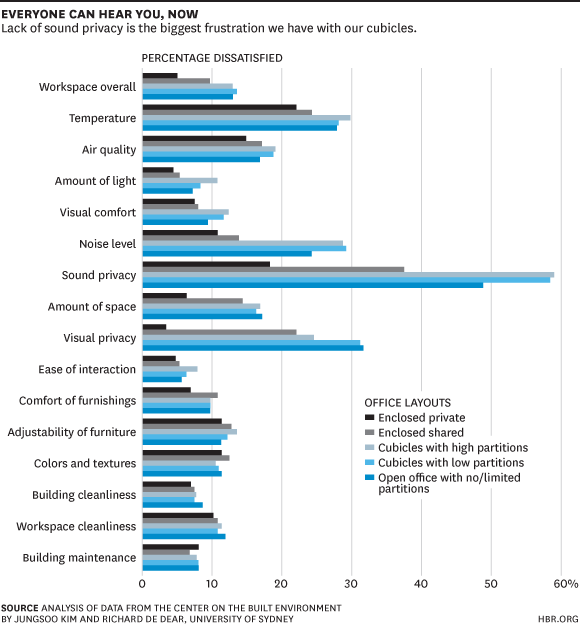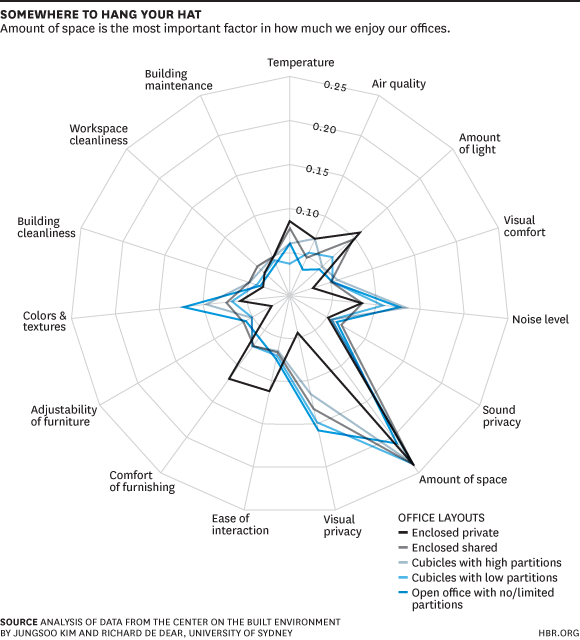
- After IBM & GE, even SAP ditches annual reviews
SAP’s human resources head for Germany, Wolfgang Fassnacht, said Europe’s biggest software maker had found the annual review process, with its focus on separating over- from under-performers, was often counter-productive to the goal of constructive dialogue.
“Grading workers did not work. People are open to feedback, also to harsh criticism, until the moment you start giving scores. Then the shutters go down,” he told Reuters.
SAP is testing a new process, which includes more regular check-in talks, on about 8,000 of its workers and aims to implement it for all of its almost 80,000 workforce next year.
“The old system is too static,” said Fassnacht. “It no longer reflects the dynamic circumstances we are operating in.”
- Supply Chain Performance and….. Sleep?
I just finished reading The Sleep Revolution by Arianna Huffington, CEO of theHuffington Post. She makes a great case for how we have become a culture that treats sleep as wasted time and as optional. But more and more professionals are making the connection between sleep and performance. We already know that truck drivers and airline pilots can be dangerous when they don’t get enough sleep. Collegiate and professional athletes and Olympians are now tracking their sleep patterns against improved performance results. Some athletes have recorded as much as 8-10% improved batting averages, basket shots made and race times when they get eight or more hours of sleep. In addition, academic scores improve and in a corporate setting, decisions are better.
http://www.scmr.com/article/supply_chain_performance_and.._sleep#When:13:44:00Z
- Laptops most often stolen from most unlikely place
When Kensington asked respondents where company employees had experienced IT theft, the No. 1 response was ‘cars and transportation’ at 25 percent. But the No. 2 response, coming in ahead of ‘airports and hotels’ (15 percent) and ‘restaurants’ (12 percent), was the office (23 percent).
- Supply chain risk hits three-year high
“The UK’s departure from the EU could lead to some of the most dramatic shifts and severe implications for global supply chains in the coming years,” said CIPS economist John Glen. “While the full impact of the leave vote is still unfolding, confusion and uncertainty surrounding the current situation has already driven supply chain risk to a worryingly high level.”
“In the short term, supply chains will be exposed to exchange rate volatility risks which may be difficult to hedge. It may therefore be appropriate to crystallize exchange rate exposure by paying suppliers ahead of contracted payment days.
http://www.cips.org/supply-management/news/2016/august/supply-chain-risk-hits-three-year-high/
- How to Think Like an FBI Negotiator?
Former FBI negotiator Chris Voss sheds light on communication and indirect messages, the value of empathy in business and in life, and when and how to walk away from a deal. Chris Voss is the author of “Never Split the Difference: Negotiating as If Your Life Depended on It”
Photo: Nico Beard









